Butterflies Boost Spirits
On the August 17, 2024, butterfly walk, when the sun came out so did the butterflies.
The 20 FODM enthusiasts identified 15 species of what leader Larry Meade called “day-flying moths.” Butterflies and moths are in the order Lepidoptera in the class Insecta.
Especially delighting all were the stunning swallowtails – black (Papilio polyxenes), Eastern tiger (Pterourus glaucus) and spicebush (Pterourus troilus). A little harder to see but fascinating were pearl crescents (Phyciodes tharos), Eastern tailed-blues (Everes comyntas) and sleepy oranges (Eurema nicippe). When the summer azures (Celastrina neglecta) spread their wings, their blue hues seemed almost metallic.
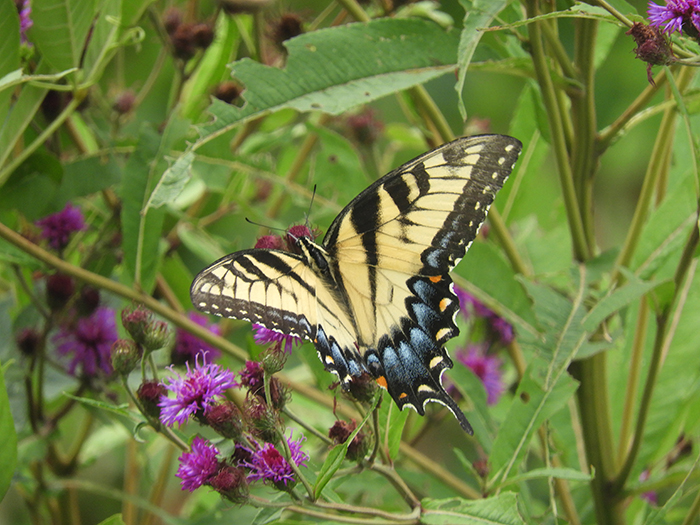 |
| Eastern tiger swllowtail All photos by Bob Veltkamp except where indicated |
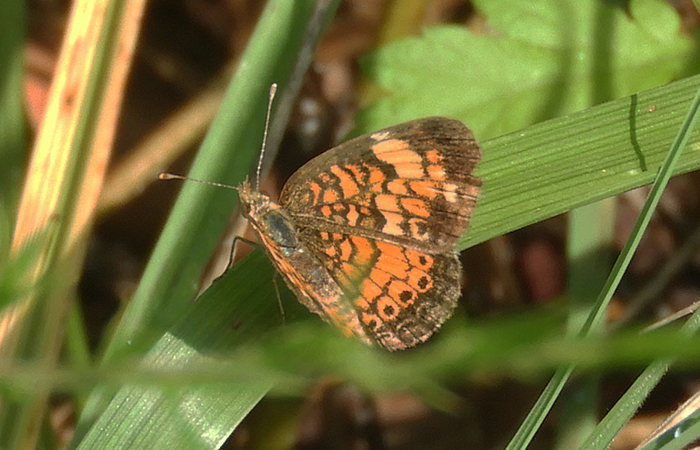 |
| Pearl crescent |
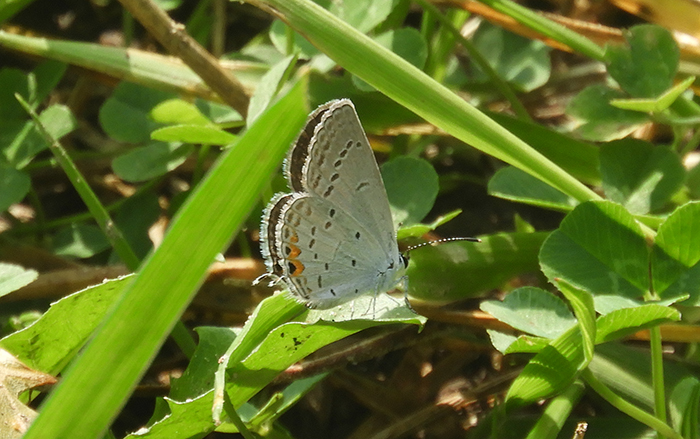 |
| Eastern tailed-blue |
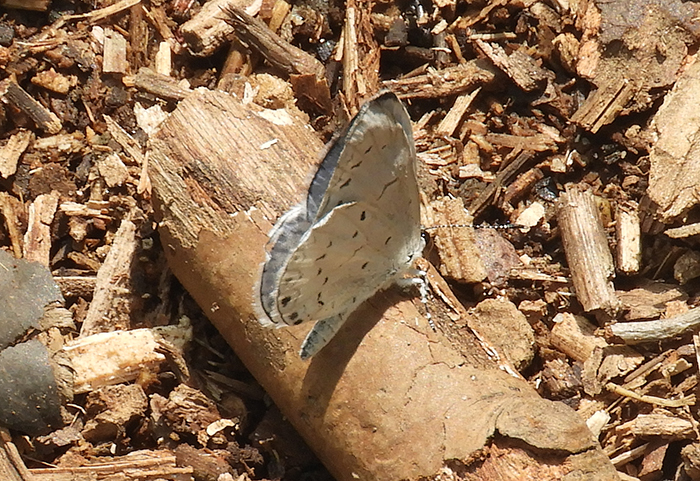 |
| Summer azure |
The group was very encouraged to see two monarch butterflies (Danuas Plexippus), perhaps the parents of monarchs that will soon be migrating to their wintering grounds in Mexico’s mountains. Meade also spotted a white M-hairstreak (Parrhasius m-album), which he believes is uncommon in the area. It has a distinctive M pattern on its wing.
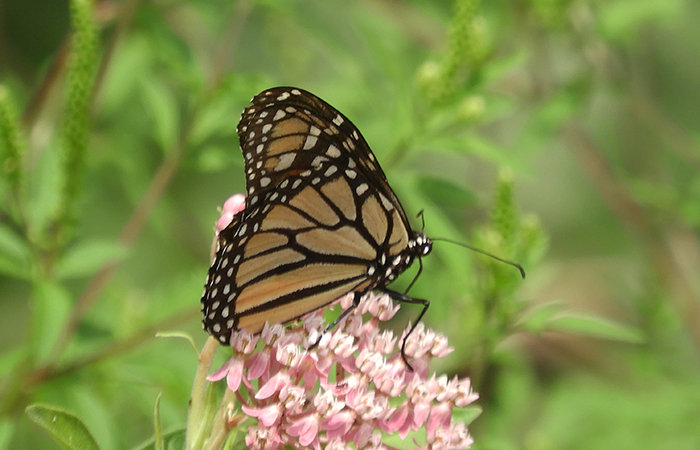 |
| Monarch |
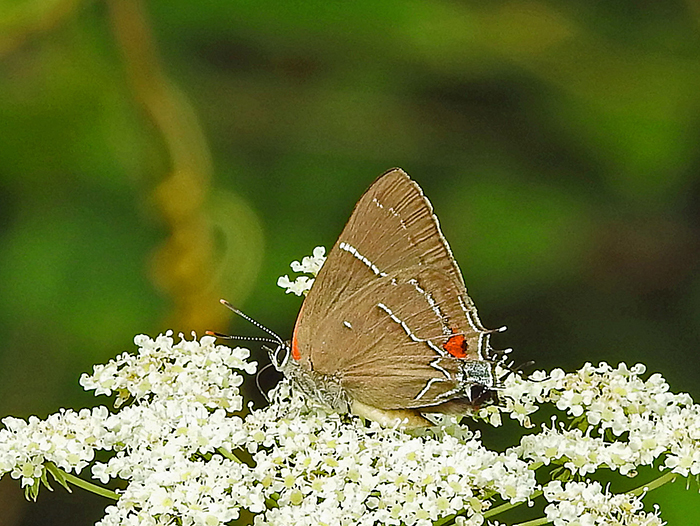 |
| White M-hairstreak Photo by Larry Meade |
The harvester butterfly (Feniseca tarquinius) is carnivorous, Meade said, explaining that this butterfly’s only food is wooly aphids. In 2024, Meade documented this butterfly in Dyke Marsh, the first person to do so, he said. Zabulon skippers (Poanes zabulon) like the woods’ edge, Meade offered.
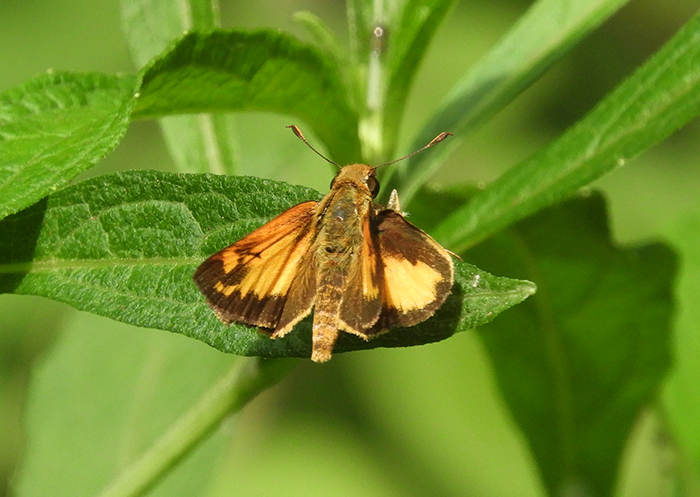 |
| Zabulon skipper |
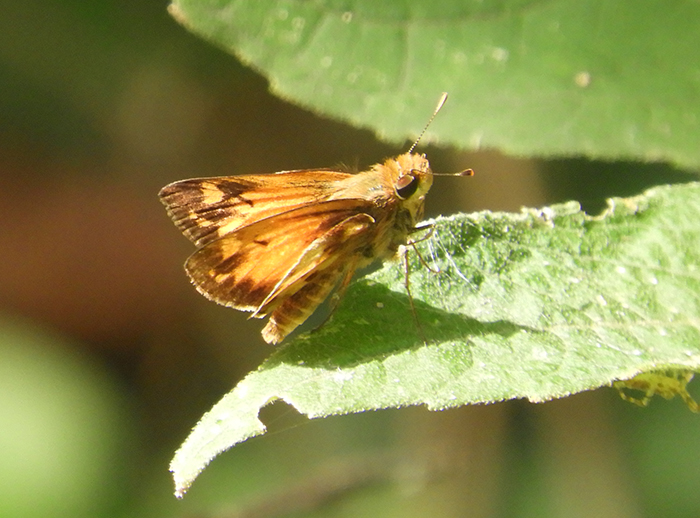 |
| Zabulon skipper |
Among the dragonflies zooming about were Needham’s skimmers (Libellula needhami) and common whitetails (Plathemis lydia).
 |
| Needham’s skimmer |
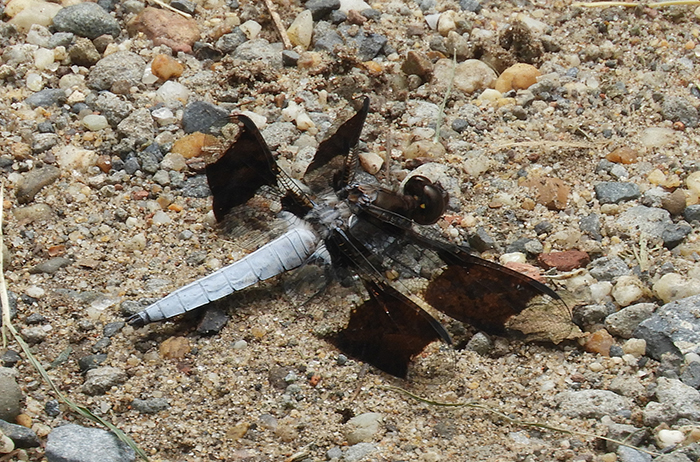 |
| Male common whitetail |
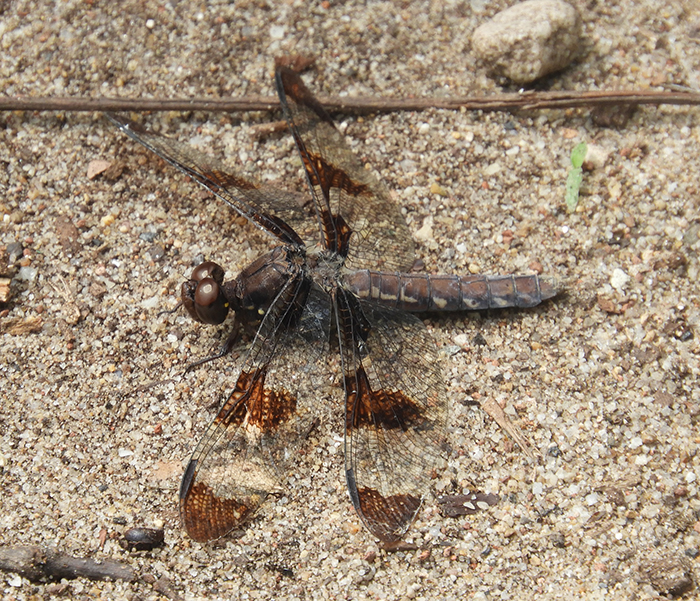 |
| Female common whitetail |
American groundnut (Apoios americana) blossoms and scarlet red cardinal flowers (Lobelia cardinalis) stood out. Thanks to Larry and also to Barry Sperling who explained recent weather patterns and the stratocumulus clouds above.
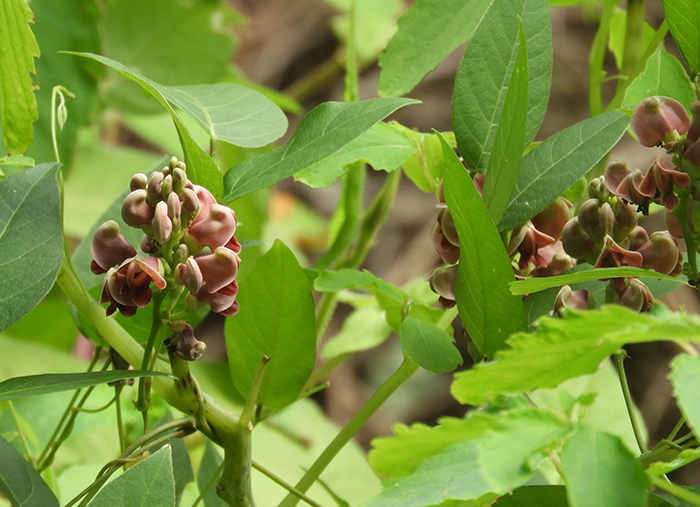 |
| American groundnut |
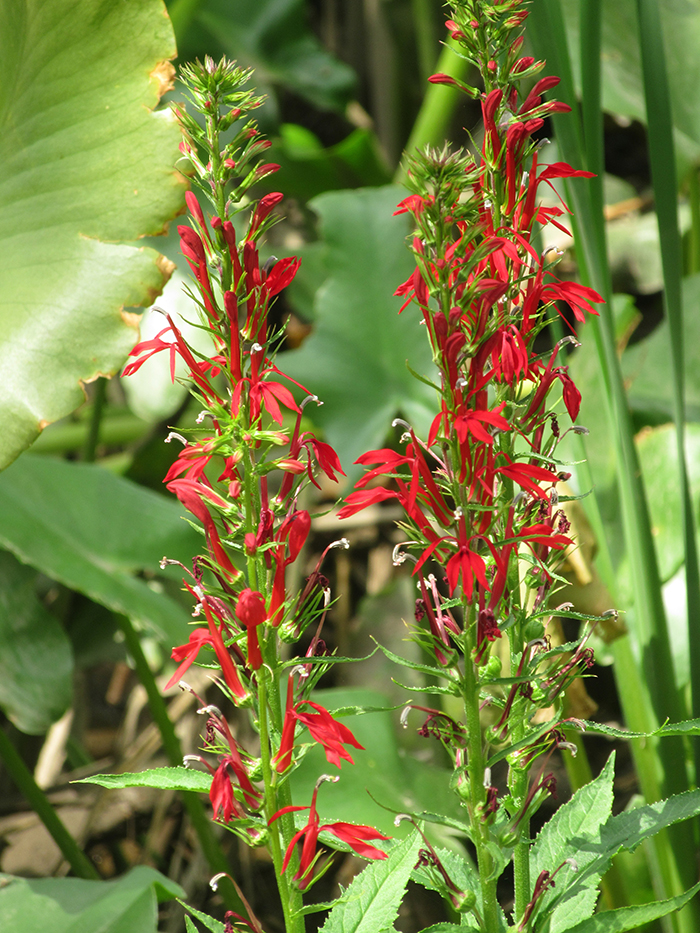 |
| Cardinal flower Photo by Glenda Booth |
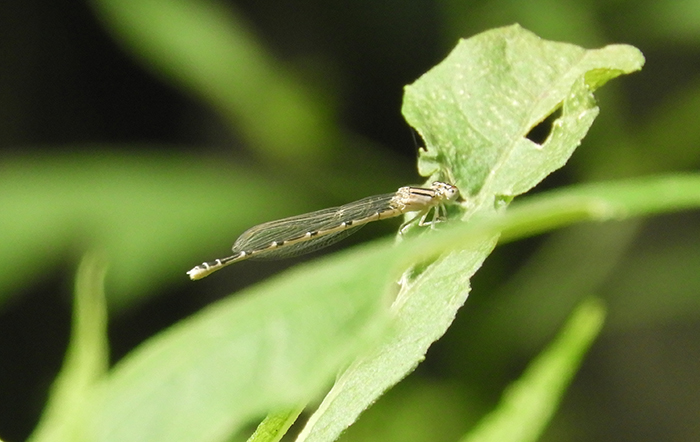 |
| Familiar bluet damselfly (Enallagma civile) |
 |
| Great blue skimmer (Libellula vibrans) |

 Friends of Dyke Marsh, Inc. is a non-profit 501(c)(3) organization.
Friends of Dyke Marsh, Inc. is a non-profit 501(c)(3) organization.